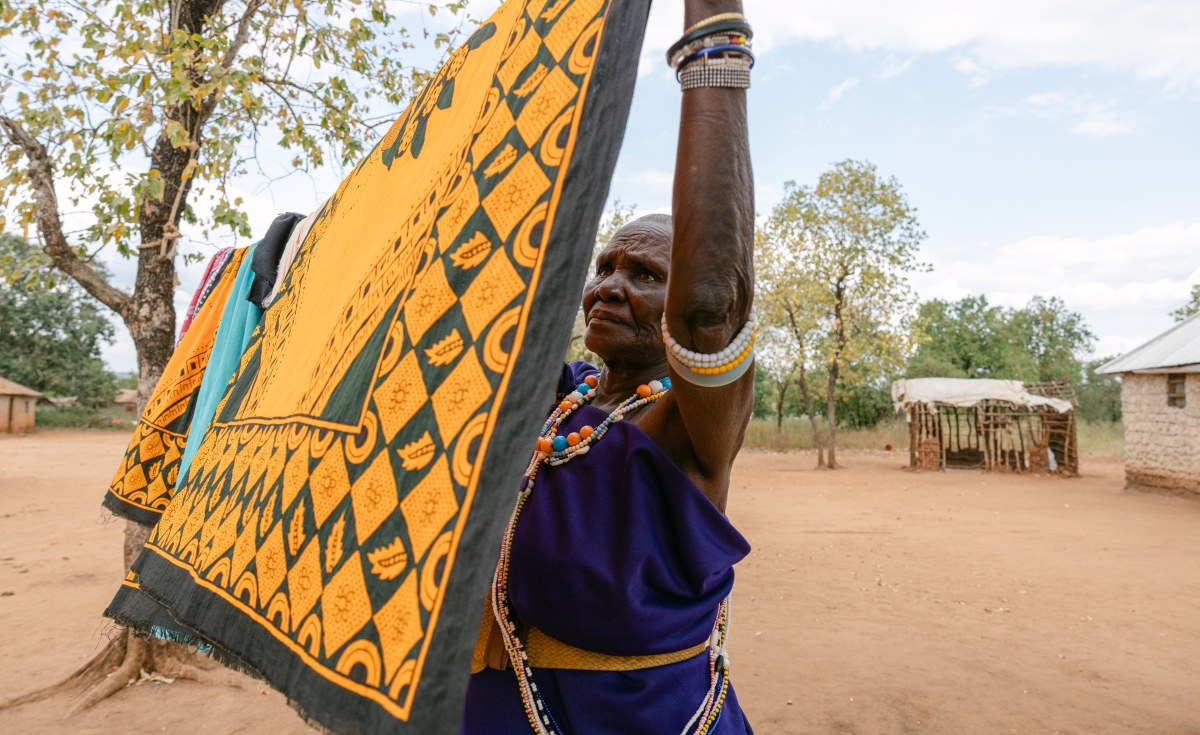Tanzania: Neglected Tropical Diseases Affect Millions - How Tanzania is Boldly Fighting Back

Africa Grapples with Neglected Tropical Diseases Despite Progress
Dar es Salaam, Tanzania – Neglected Tropical Diseases (NTDs) continue to pose a significant public health challenge across Africa, affecting over 600 million people despite substantial progress in recent years. These diseases, caused by a variety of pathogens including parasites, bacteria, viruses, and toxins, disproportionately impact the continent's poorest and most vulnerable communities, perpetuating a cycle of poverty and hindering socio-economic development.
The Burden of NTDs in Africa
NTDs encompass a group of debilitating conditions that often lead to blindness, severe pain, disfigurement, and long-term disability. They thrive in environments lacking access to clean water, adequate sanitation, and quality healthcare services. The World Health Organization (WHO) identifies twenty NTDs, including diseases like lymphatic filariasis (elephantiasis), schistosomiasis (bilharzia), onchocerciasis (river blindness), trachoma, and various soil-transmitted helminthiases (intestinal worms).
“The cyclical nature of NTDs and poverty is a critical issue,” explains Dr. Fatima Hassan, a public health specialist at the University of Nairobi, Kenya. "These diseases not only cause suffering but also reduce productivity, limit educational opportunities, and increase healthcare costs for already struggling families, further entrenching them in poverty."
Historical Context and Current Challenges
The neglect of these diseases stems from their concentration in impoverished regions, often overlooked by research funding and pharmaceutical development. Historically, colonial medical systems focused primarily on diseases affecting European populations, leaving NTDs largely unaddressed. Post-colonial healthcare systems, often facing resource constraints and competing priorities, have struggled to effectively tackle the complex challenges posed by NTDs.
Current challenges include inadequate funding for NTD control programs, limited access to diagnostic tools and treatments, weak healthcare infrastructure, and insufficient community awareness. Furthermore, climate change is exacerbating the spread of some NTDs by altering vector habitats and increasing the risk of outbreaks.
Progress and Future Goals
Despite these challenges, significant progress has been made in recent years in controlling and eliminating NTDs across Africa. Mass drug administration (MDA) programs, supported by international organizations and national governments, have reached millions of people with preventative treatments. Improved sanitation and hygiene initiatives, along with vector control measures, have also contributed to reducing the incidence of several NTDs.
According to the WHO, at least 57 countries globally have eliminated at least one NTD. The global goal is to reach 100 countries by 2030. Several African nations have made significant strides. For example, Togo was validated by the WHO for having eliminated trachoma as a public health problem in 2022, joining Ghana, Morocco and The Gambia. The fight against Guinea Worm, a particularly debilitating NTD, has also seen remarkable progress, with only a handful of cases reported globally in recent years, primarily in South Sudan, compared to millions in the 1980s.
The Role of Partnerships
The success in tackling NTDs relies heavily on collaborative partnerships between governments, international organizations, pharmaceutical companies, research institutions, and local communities. Pharmaceutical companies have played a vital role in donating drugs for MDA programs, while research institutions have contributed to developing new diagnostic tools and treatments. Local communities are crucial in implementing control measures and raising awareness about NTDs.
“Sustainable progress requires a multi-pronged approach that addresses the underlying determinants of NTDs, including poverty, lack of access to clean water and sanitation, and inadequate healthcare infrastructure,” emphasizes Dr. Kwame Addo, a senior researcher at the Noguchi Memorial Institute for Medical Research in Ghana. “Investing in these areas will not only reduce the burden of NTDs but also contribute to broader improvements in public health and socio-economic development across Africa.”
Looking Ahead
While progress has been made, much work remains to be done to eliminate NTDs as a public health threat in Africa. Sustained funding, strengthened healthcare systems, and increased community engagement are essential to achieving this goal. Innovative approaches, such as the use of mobile technology for disease surveillance and the development of new, more effective treatments, hold promise for accelerating progress. By prioritizing NTD control and elimination, African nations can improve the health and well-being of their citizens, unlock their economic potential, and build a healthier and more prosperous future for the continent.
Originally sourced from: AllAfrica
